What to Expect from a Quality Hardscaping Service
When it comes to enhancing your outdoor living space, hardscaping is one of the most impactful upgrades you can make. From patios and walkways to retaining walls and fire pits, these non-living elements of your landscape create structure, function, and aesthetic appeal. A quality hardscaping service can transform an ordinary yard into a stunning and usable extension of your home.
But not all services are created equal. Whether you’re considering your first hardscape project or looking to renovate an existing space, knowing what to expect from a professional provider can help you make informed decisions, avoid costly mistakes, and ultimately enjoy a smoother process and better results. In this blog, we’ll explore the essential qualities of a professional hardscaping service, what the process typically looks like, and why investing in hardscaping is worth it for your property.
Detailed Planning and Design Expertise
A great hardscaping project begins with a thoughtful design. Before any materials are delivered or any ground is broken, a quality hardscaping service will spend time understanding your needs, preferences, and how you use your outdoor space. They’ll ask questions about your lifestyle: Do you entertain often? Do you need a kid-friendly yard? Are you looking for more privacy or better drainage?
Using this input, the service will create a design that integrates seamlessly with your existing landscape while enhancing both function and beauty. The design phase may include 2D or 3D renderings so you can visualize the final product before construction begins. This step is crucial, as it helps ensure alignment between your expectations and the final result.
Professional hardscape designers also understand how to work with the natural features of your property. They'll consider slope, sun exposure, soil type, and drainage patterns when developing your layout. These factors play a big role in determining what materials and structures will work best for long-term durability and performance.
High-Quality Materials and Craftsmanship
When you invest in a hardscaping project, you want it to last. That means choosing the right materials and making sure the installation is done correctly. A reputable hardscaping service will offer a range of high-quality materials like natural stone, pavers, concrete, or brick, and guide you on what’s best for your specific project.
Durability, weather resistance, and maintenance requirements are key considerations in material selection. For example, some pavers may look great initially but fade or shift over time if they’re not suited to your climate or installed improperly. A quality provider will not only use materials built to withstand your local conditions, but they’ll also install them using best practices to ensure structural integrity and longevity.
Attention to detail is another hallmark of a skilled hardscape crew. From ensuring perfectly aligned pavers to precision cuts around curves and corners, expert craftsmanship is what sets an average project apart from a professional one. The result should not only be functional, but visually polished and cohesive with your overall landscape.
Transparent Communication and Clear Timelines
One of the most frustrating parts of any home improvement project is poor communication. Fortunately, a top-tier hardscaping service will prioritize transparency and professionalism from start to finish. This begins with a detailed estimate and scope of work, including an itemized list of materials, labor, and a realistic timeline for project completion.
You should expect ongoing communication throughout the process, including updates on progress, any unexpected delays (like weather or supply chain issues), and changes to the budget if necessary. A dependable company will assign a point of contact to manage the project and answer your questions, helping you stay informed and comfortable with the process.
Timelines can vary depending on the size and complexity of the project, but your hardscaping service should give you a clear idea of what to expect day-by-day or week-by-week. They should also be honest about what’s feasible within your budget and timeline, so there are no unwelcome surprises along the way.
Impressive Results and Long-Term Value
Ultimately, the goal of any hardscaping service is to deliver results that not only meet but exceed your expectations. A well-executed patio, walkway, or retaining wall should enhance the usability of your outdoor space while increasing your property’s value.
In fact, hardscaping can be one of the most lucrative outdoor improvements you can make. According to HomeLight, a new patio offers a 109% return on investment (ROI). That means not only do you enjoy the space while living in your home, but you’re also likely to recoup more than you spent if and when you decide to sell. It’s a win-win for both lifestyle and long-term financial value.
But great results aren’t just about ROI. A quality project should reflect your personal style, match the aesthetic of your home, and make your space more enjoyable year-round. Whether it’s a cozy fire pit for chilly evenings, a sleek paver driveway, or a decorative stone wall, your hardscaping investment should enhance your daily life in tangible ways.
Additionally, many hardscaping features can reduce maintenance needs in your yard. Replacing grass with pavers or gravel pathways can cut down on mowing and watering, making your outdoor space easier and more sustainable to manage.
Reliable Maintenance and Post-Project Support
Even the best-built hardscape features need a little care over time. A trustworthy hardscaping service doesn’t just disappear once the job is done—they provide guidance and support for maintaining your new space. This includes instructions on how to clean and care for different surfaces, when to reseal pavers or concrete, and what to watch for in terms of wear and tear.
Some companies even offer ongoing maintenance packages, which can be especially helpful for larger or more complex installations. This might include seasonal inspections, joint re-sanding, power washing, or addressing any shifting or settling that occurs over time.
For businesses or properties with heavy foot traffic, regular maintenance is essential to keep hardscape elements safe and looking their best. Having a service you trust ensures that your investment stays protected and continues to perform well year after year.
A company offering a full-service approach—including design, installation, and maintenance—is often the best choice for those looking for long-term peace of mind. You won’t need to search for separate contractors or take on upkeep tasks yourself. Plus, a team familiar with your project from the beginning is best equipped to spot issues early and provide tailored solutions.
Hardscaping is more than just laying down some stone or building a wall—it’s about transforming your outdoor environment into a beautiful, functional, and lasting space. A professional hardscaping service brings together design expertise, quality materials, skilled installation, and reliable support to deliver results you’ll enjoy for years.
From the very first consultation to the final walk-through, a great provider will make the process smooth, collaborative, and satisfying. Whether you’re investing in a brand-new patio, upgrading your walkway, or installing a retaining wall, choosing the right hardscaping service makes all the difference in the success of your project.
And remember, hardscaping isn’t just about aesthetics—it’s an investment in your property, your lifestyle, and your peace of mind. With the right team by your side, you can unlock the full potential of your outdoor space while boosting the value of your home.
Ready to transform your outdoor space into something truly spectacular? Contact Cutting Edge Hardscapes today for expert design, installation, and maintenance from a hardscaping service you can trust.
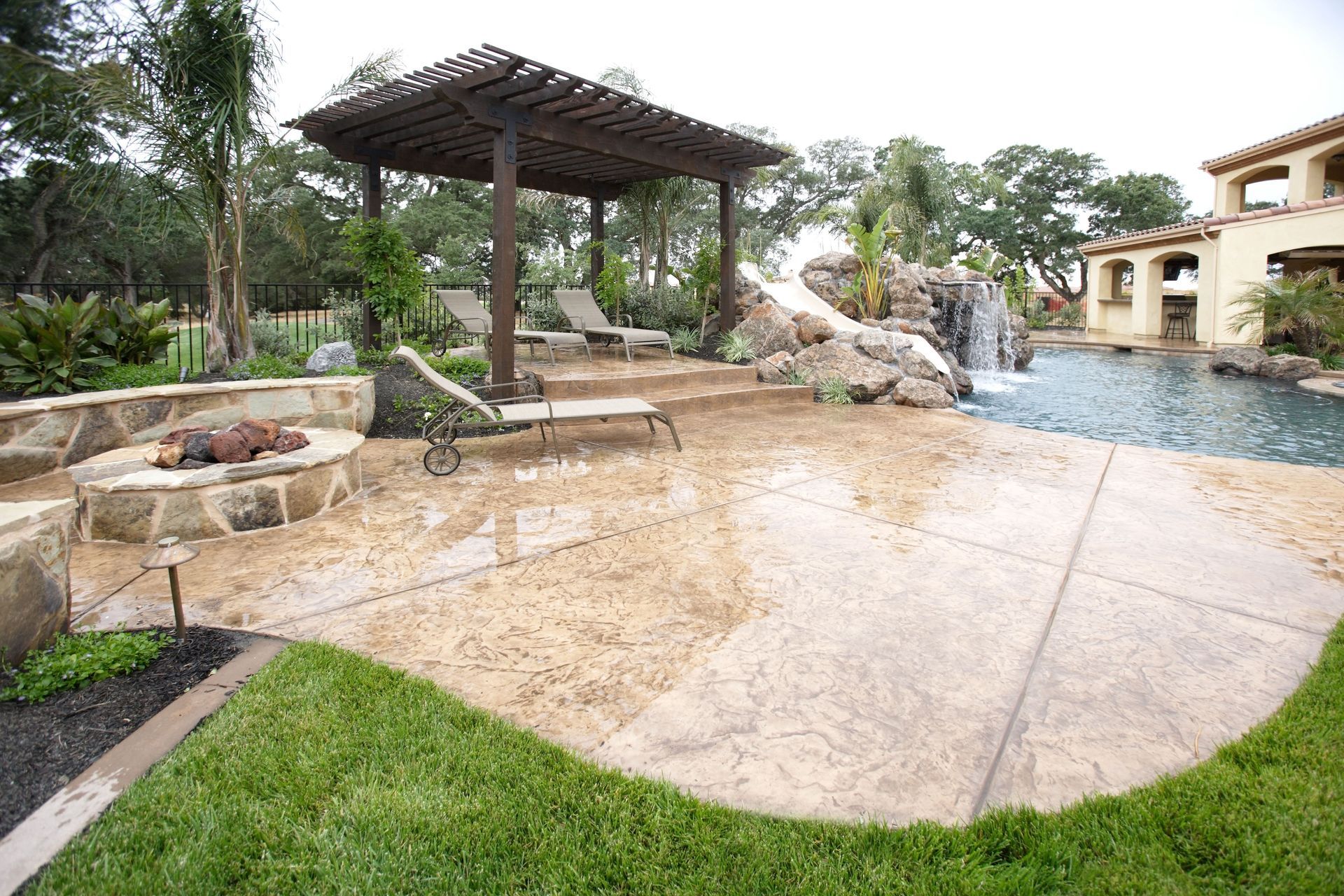

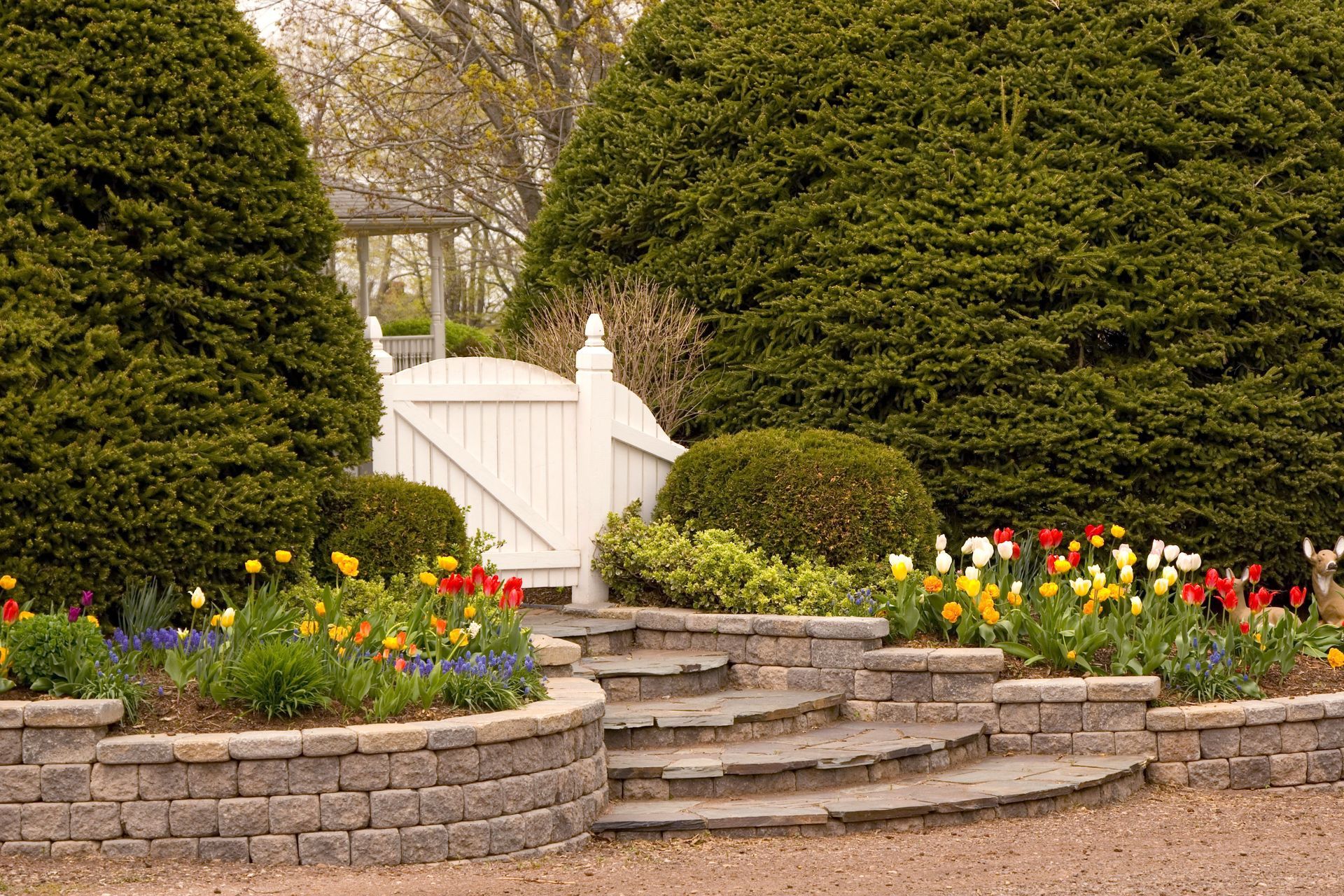
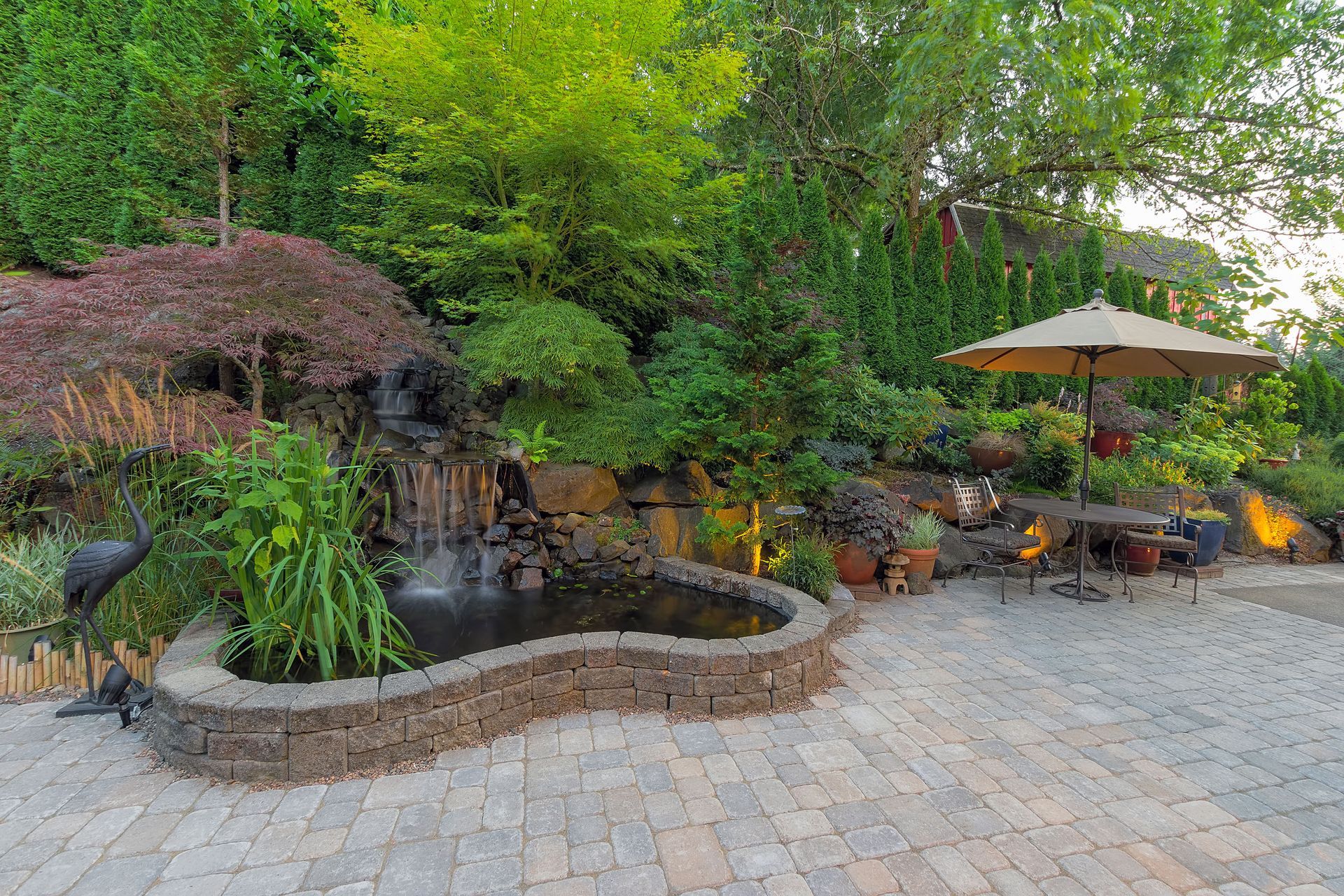
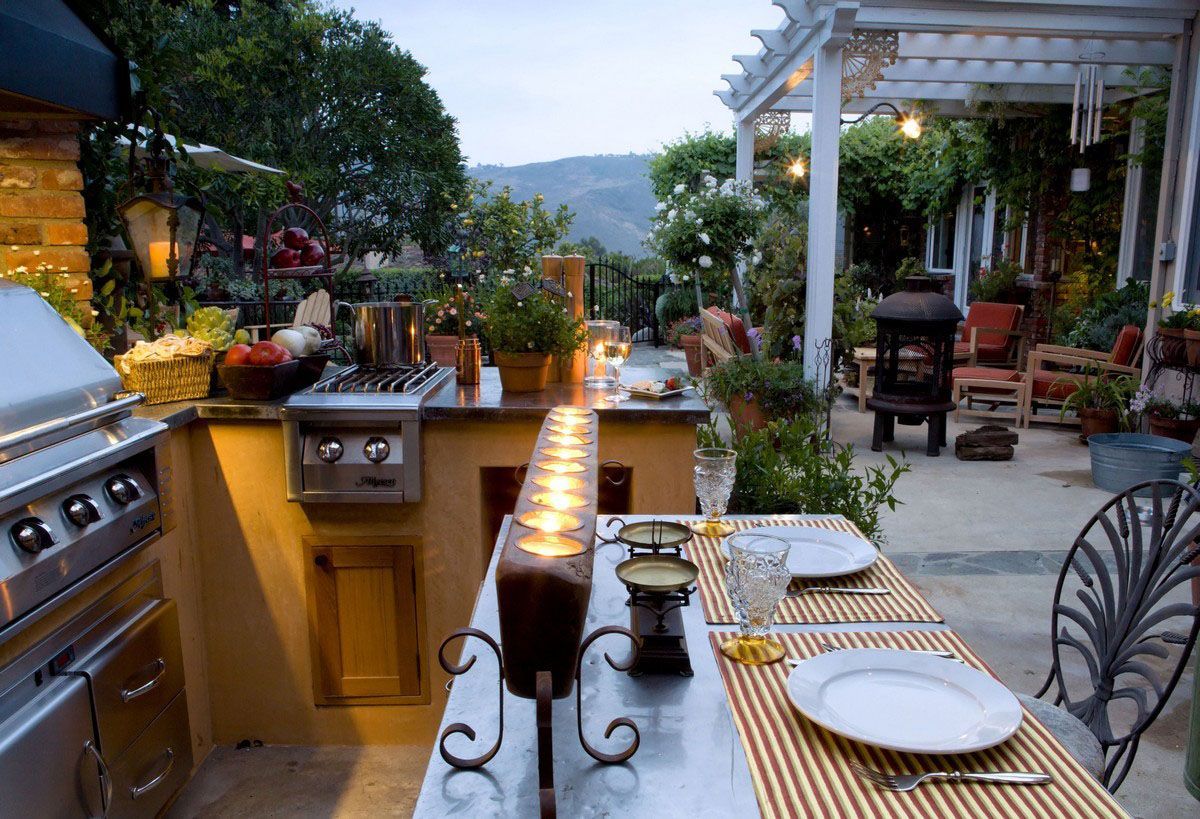
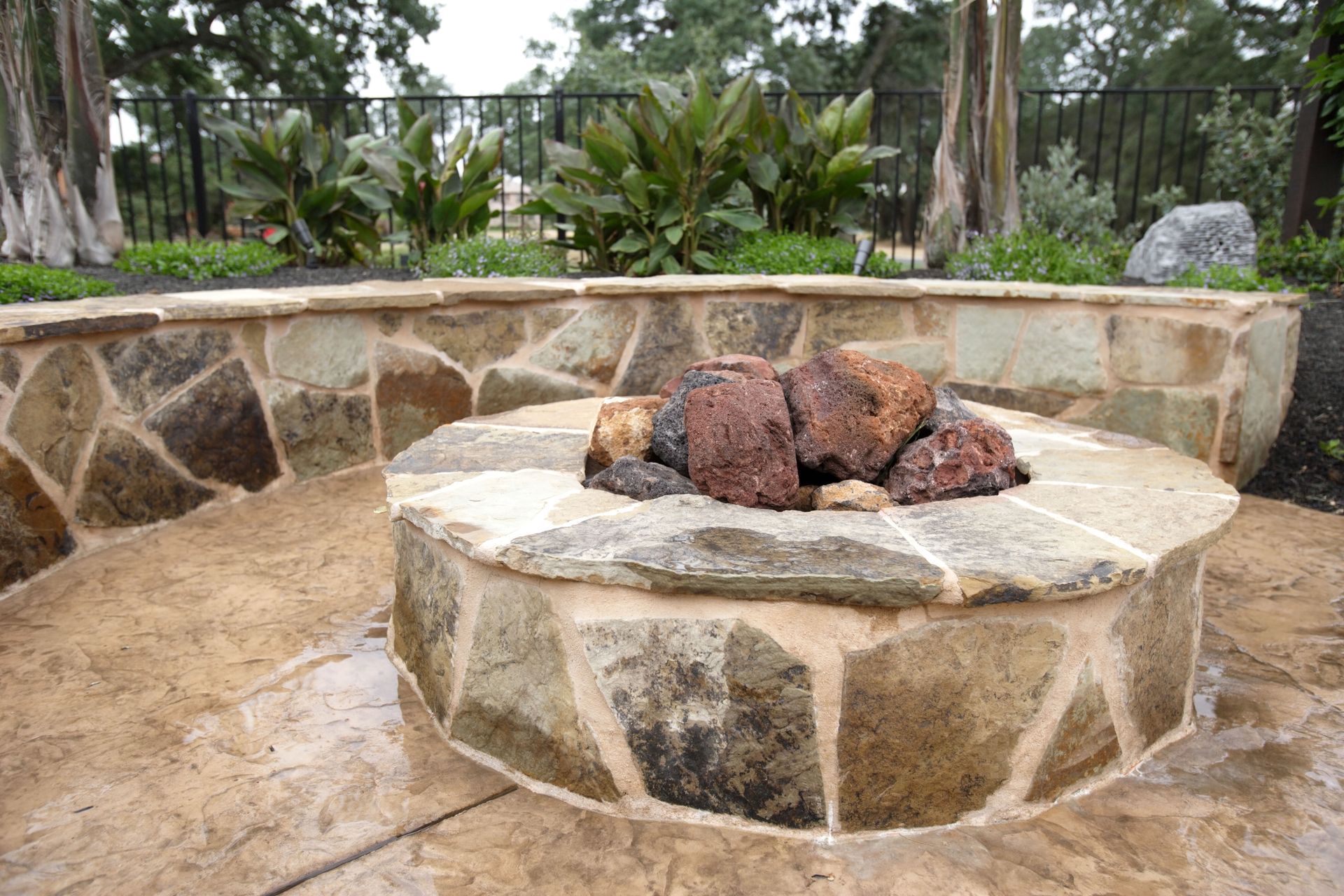
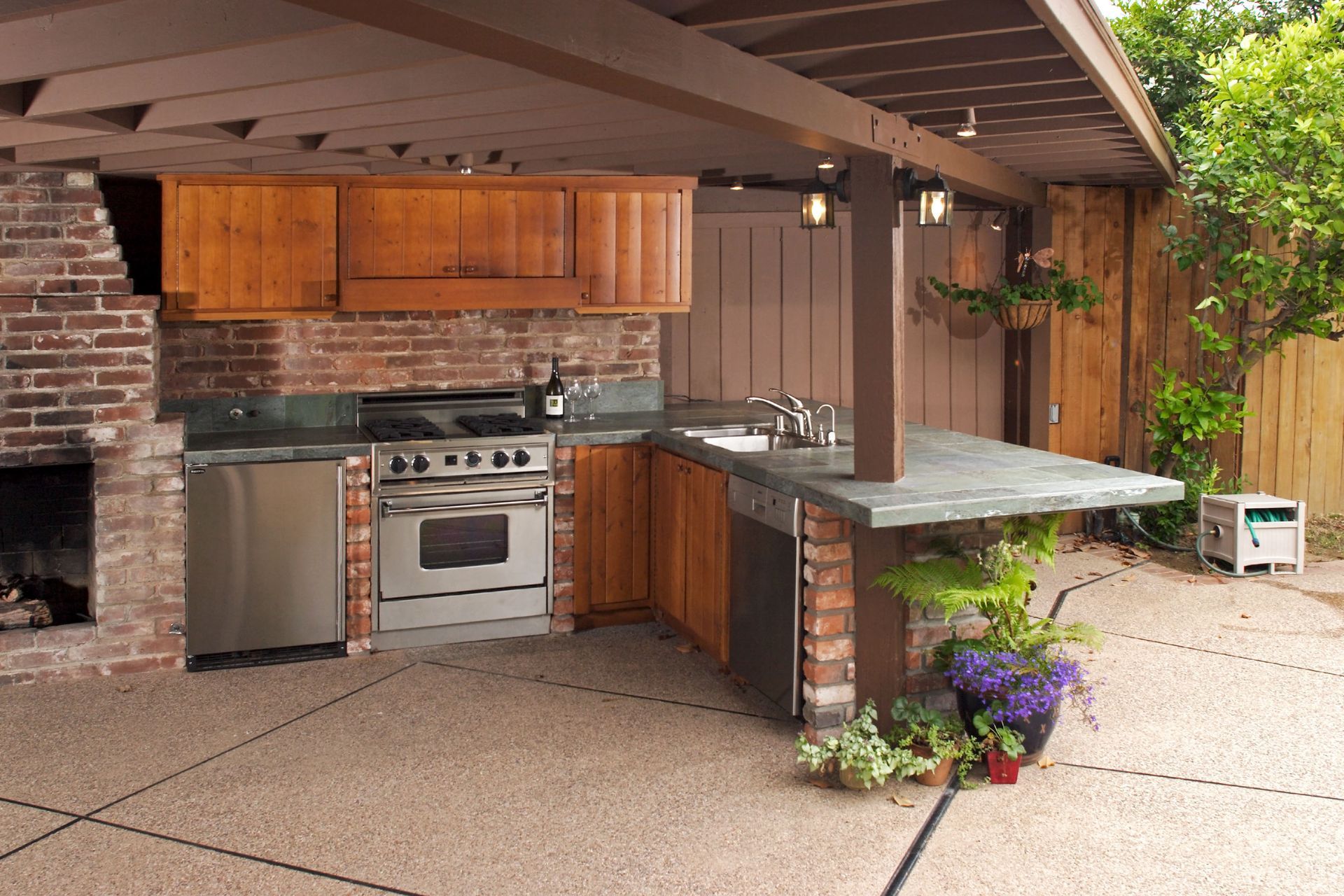

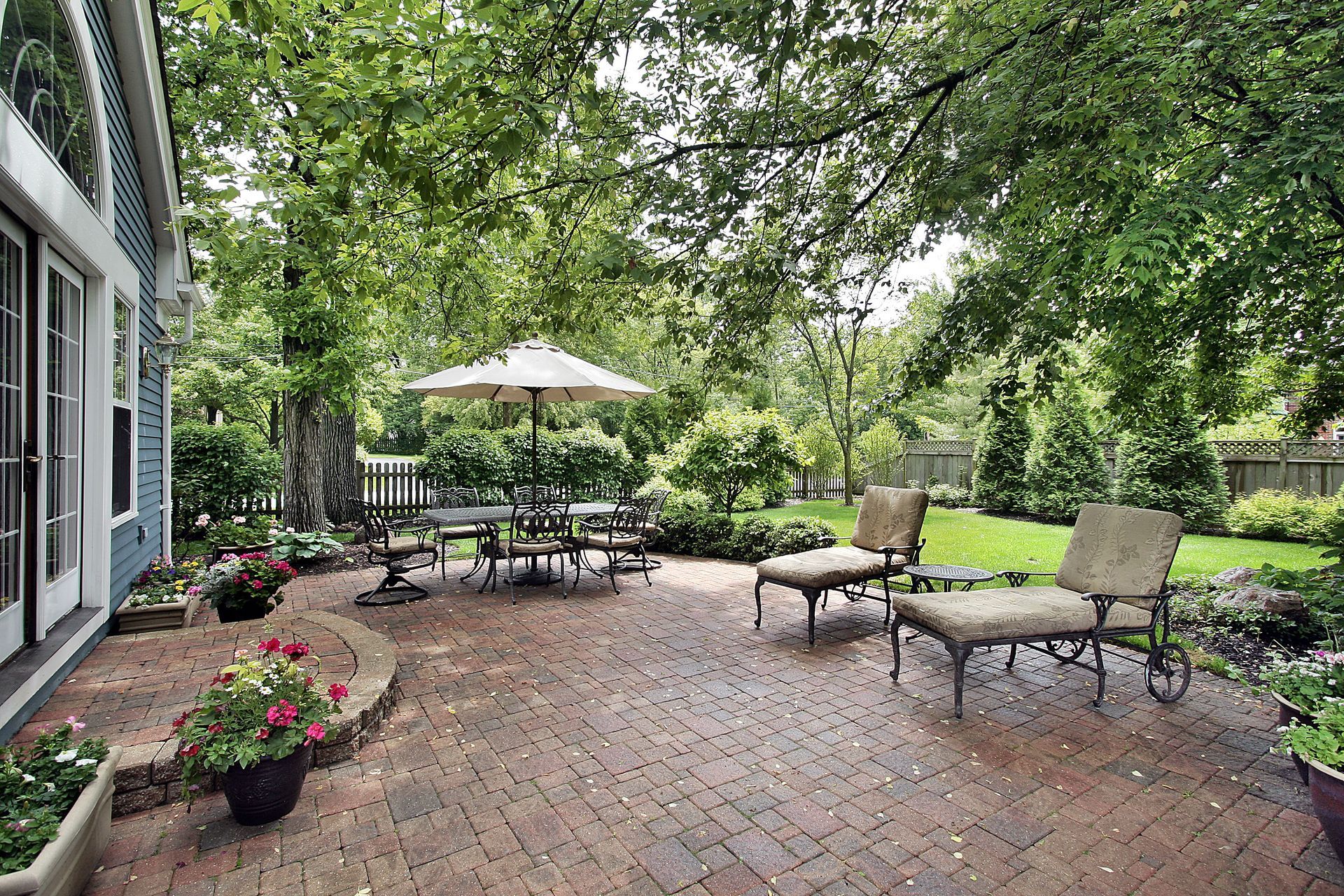
Share On: